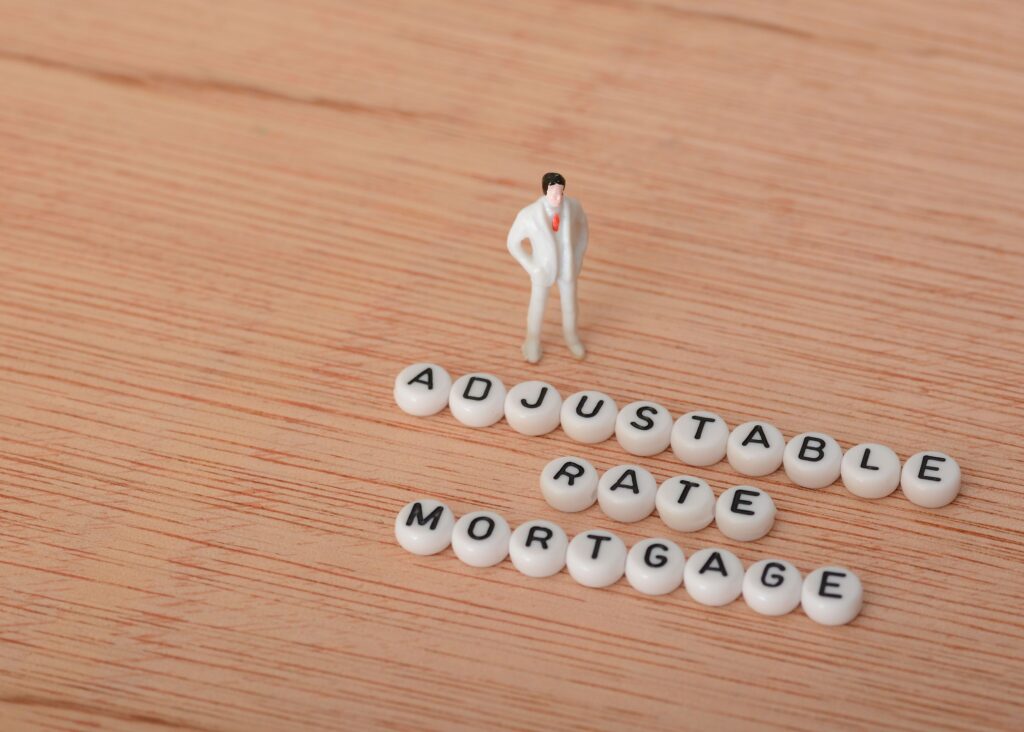By Brentnie Daggett, Rentec Direct
The housing market has seen dramatic shifts in light of soaring interest rates. While fixed-rate mortgages have traditionally been the preferred option for most homeowners, many borrowers are now turning to adjustable-rate mortgages (ARMs) as inflation continues to impact the affordability of homeownership. ARMs offer a promising option for buyers seeking lower initial costs, but it’s crucial for homeowners to carefully consider the risks associated with this option. Balancing short-term affordability with long-term unpredictability has become a major challenge in today’s volatile market.
What is an Adjustable-Rate Mortgage?
While conventional home loans have a fixed interest rate that doesn’t change over the life of the loan, the interest rate on an ARM can change periodically based on market conditions – primarily the Secured Overnight Financing Rate (SOFR). ARMs typically offer a lower interest rate for a set period – most commonly 5, 7 or 10 years – after which the rate adjusts or “floats” at a regular interval – most commonly annually. The terms and conditions of an ARM are variable and can often be negotiated with your lender.
The Pros of an Adjustable-Rate Mortgage
- Lower interest rates mean lower initial payments: Borrowers can get a significantly lower interest rate on an ARM than with a fixed-rate mortgage, which will reduce monthly mortgage payments for the fixed-rate period. This frees up capital for home improvements or other unexpected costs that accompany homeownership. If interest rates fall once the float period begins, you might benefit from lower rates and lower monthly payments without the need to refinance.
- Strong short-term investment strategy: If you plan to move or otherwise sell before the fixed-rate period ends, ARMs can be a great option to save on interest. ARMs are often appealing to real estate investors looking to rehab and flip a property, or those looking to take the monthly savings and invest in other properties or financial goals.
- Increased borrowing power: Because the monthly payments associated with an ARM are lower than conventional loans, you may qualify for a larger loan or more expensive property that better suits your needs. This can be especially enticing to investors looking to purchase multiple properties or grow their portfolios.
- Greater flexibility: If you anticipate your financial situation may improve in the future or are looking to relocate within a couple of years, ARMs provide much more flexibility in the short term. The lower initial payments also give you time to financially prepare for the rate adjustment if you are expecting an increase in income or other financial boost.
The Cons of an Adjustable-Rate Mortgage
- Risk of higher payments: The most obvious risk of an ARM is the potential for your interest rate to increase at the end of the fixed-rate period, which can significantly increase your monthly mortgage payments. If interest rates continue on their recent trajectory or your financial situation changes, you might find yourself with a mortgage that is more than you can afford. For this reason, many homeowners prefer the security and ability to budget for the set payments of fixed-rate mortgages.
- Potential for negative amortization: Amortization is something borrowers and lenders usually agree on in loan terms, outlining how much of your mortgage payment goes toward interest and how much goes toward principal. ARMs often commit a large portion, if not all, of your monthly payment to interest, which means you may not decrease the amount you actually borrowed without making payments toward the principal. This can make refinancing difficult. Additionally, if home values drop and your ARM adjusts upward, you can find yourself in a situation of negative equity.
- More complex loan structure: Traditional fixed-rate loans tend to be more straightforward than adjustable-rate mortgages, which can be appealing to borrowers navigating the complicated homebuying process for the first time. Understanding how the rate will adjust, what index it’s tied to and how rate caps work can be a struggle when considering an ARM.
- Greater uncertainty: No matter what the experts predict, the bottom line is that your future payments are unpredictable with an ARM. Predicting your future costs can be close to impossible, which makes budgeting and financial planning more difficult and more stressful.
Is an adjustable-rate mortgage for me?
ARMs can equal significant savings in the first years of homeownership. However, they tend to be most beneficial for homeowners with flexible plans or a strategy for managing future financial changes. It all comes down to your personal financial goals and risk tolerance – if you plan to sell your home or refinance before the fixed-rate portion expires, an ARM might be a smart move. An ARM might be challenging if you are looking to hold onto a property for the long run and want more stability to better predict your expenses.
Brentnie Daggett is a writer and infographic master for the rental and property management industry. She loves to share tips and tricks to assist landlords and renters alike. To learn more about Daggett, and to discover more great tips for renters, visit www.rentecdirect.com.








